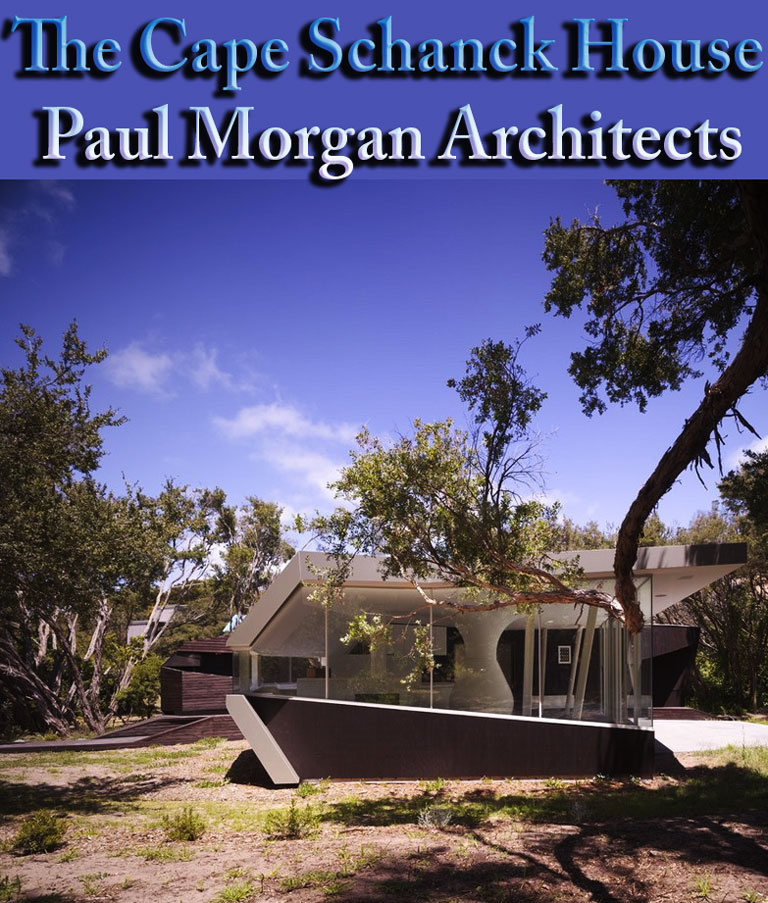
The Cape Schanck House – Paul Morgan Architects
This house is located in an area near rugged coastline subject to strong prevailing winds and sits within an expanse of native tea tree, on one of Australia’s southern peninsulas. The distinctive pattern of tree growth is caused by light stimulus, or phototropism, which formed a natural ‘tunnel’ at the west of the site, which in turn influenced the design strategies.
The shell of the house was developed as a result of the analysis of sunlight movement and wind frequency, speed and direction, and the modelling of the wind onto the site, both with computer renderings and wind tunnel tests onto a cardboard model. This modelling was applied with expressive effect to the performance envelope and the resultant form of the house.
Within the living room the ceiling wraps down to an internal water tank. The tank cools the ambient air temperature of the living room during summer, supplies rain water, and structurally carries the roof load.
In the development of the building envelope the influential intensities are those characteristic of smooth space—wind forces, wind turbulence, phototropism of vegetation, diurnal sunlight movement, rain patterns. The characteristics of striated space such as contours, title boundaries and town planning dimensions were of secondary concern.
The effect of the nearby sea is crucial here—the conceptual subtext of the house design is a will to inhabit the smooth spaces of the sea and air, an aversion to gravity. It is worth noting the difficulty in drawing these forces, the wind and the effect of phototropism on the tea trees. Smooth elements resisted striated modes of representation and the spline is a more appropriate mode than the line or vector.
The modelling of the form produced an aerodynamic external skin and continuous internal skin. The wind scoops on the south elevation are a kind of peeling of the skin. These scoops trap cooling winds during summer whilst providing shading from the hot afternoon sun. Turbulence too is inflicted on the skin. Where the wind modelling showed compression and turbulence around the front entry area, panels are warped as the idea of wind pressure forced into a contained space takes effect. In these instances are not added on, rather the skin is disturbed. Vertical louvers on the rear bedroom have a machine-like quality, and yacht technology was employed in the detailing.
Project Details:
Location: Cape Schanck, Victoria, Australia
Type: Residential – Houses
Architects: Paul Morgan Architects – paulmorganarchitects.com
Status: Completed in 2006
Project Team: Paul Morgan, Sophie Dyring, Karla Martinez, Yau Ka Man, Timo Carl, Jo Scicluna, Teck Chee Chow
Owner-builder: Paul Morgan
Photographs: Peter Bennetts

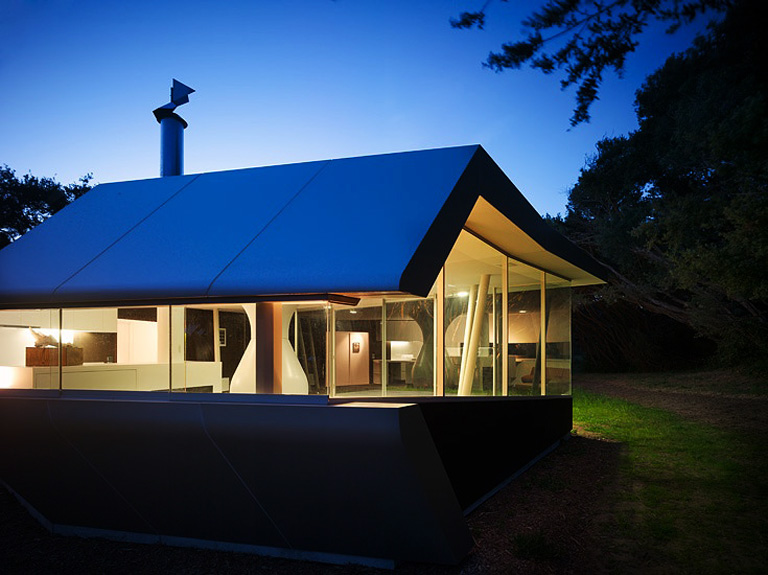
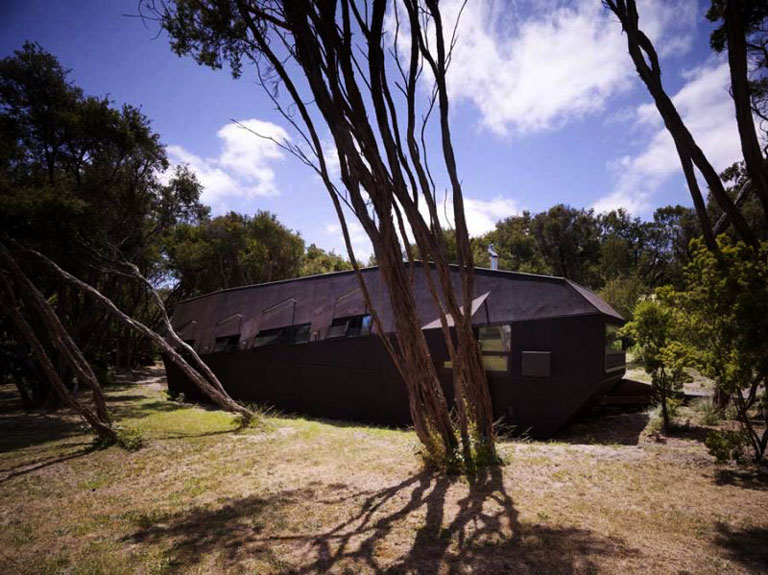

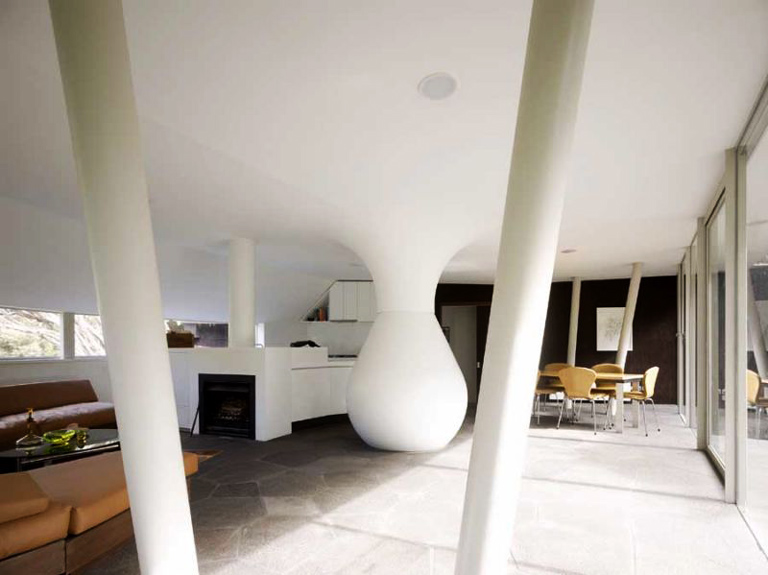
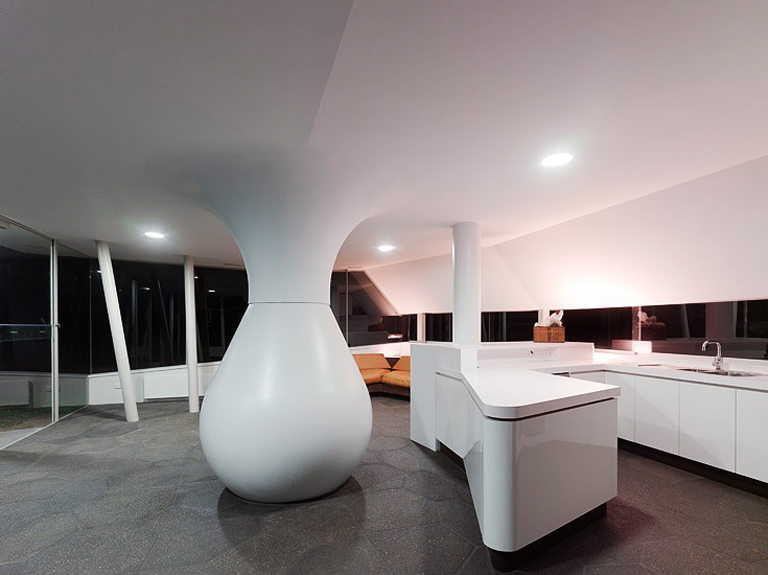
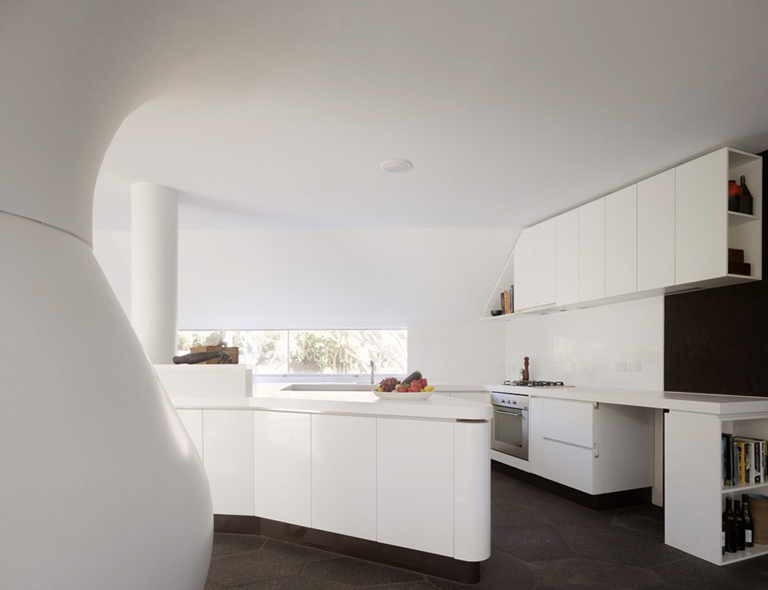
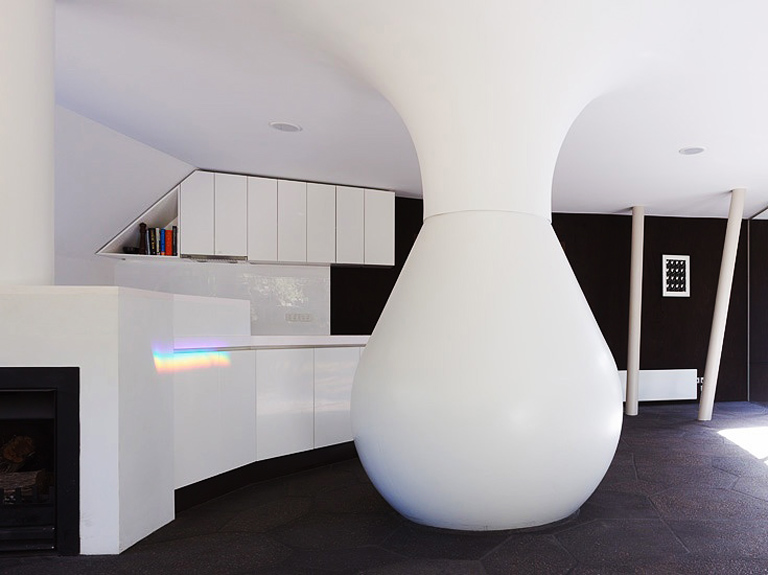

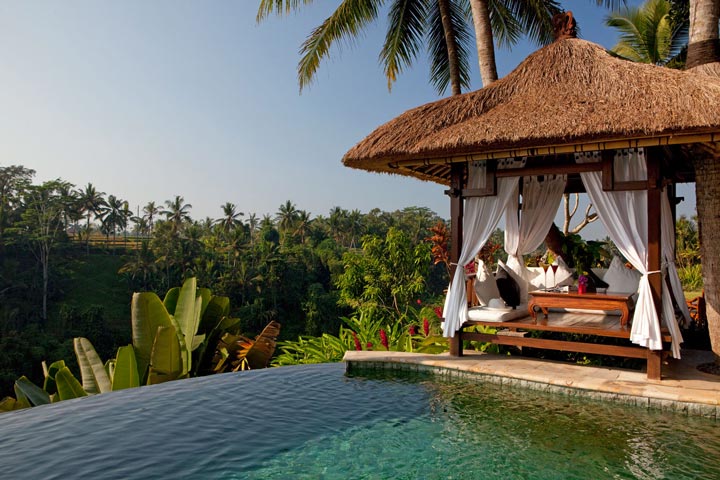

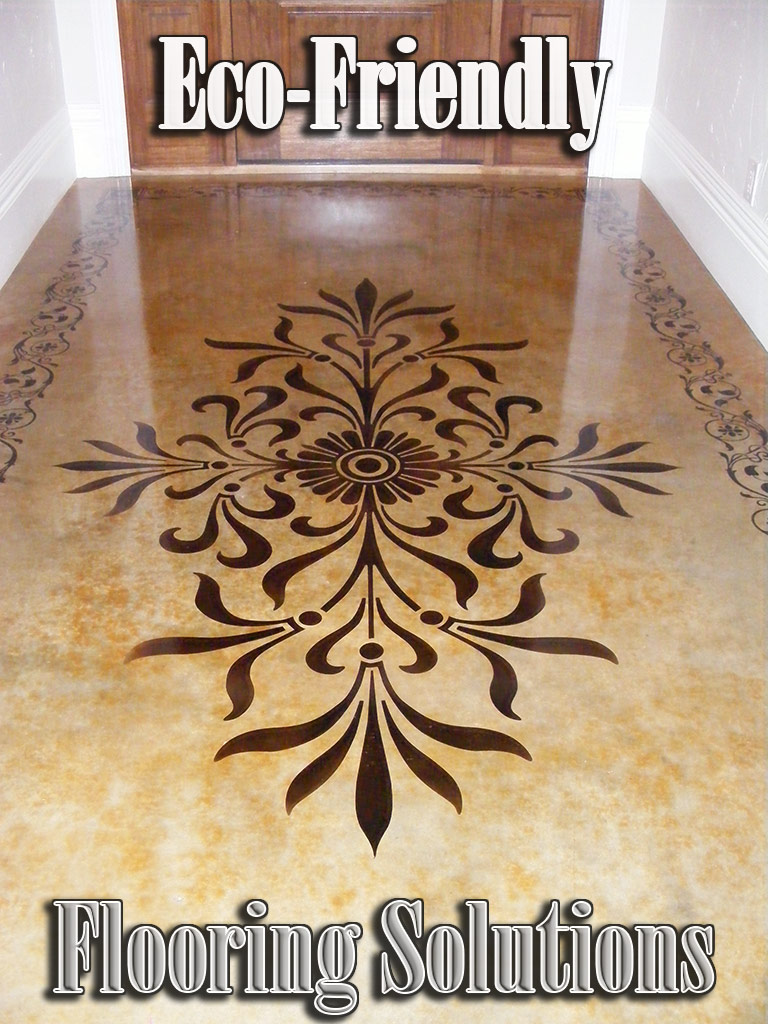
Leave a Reply